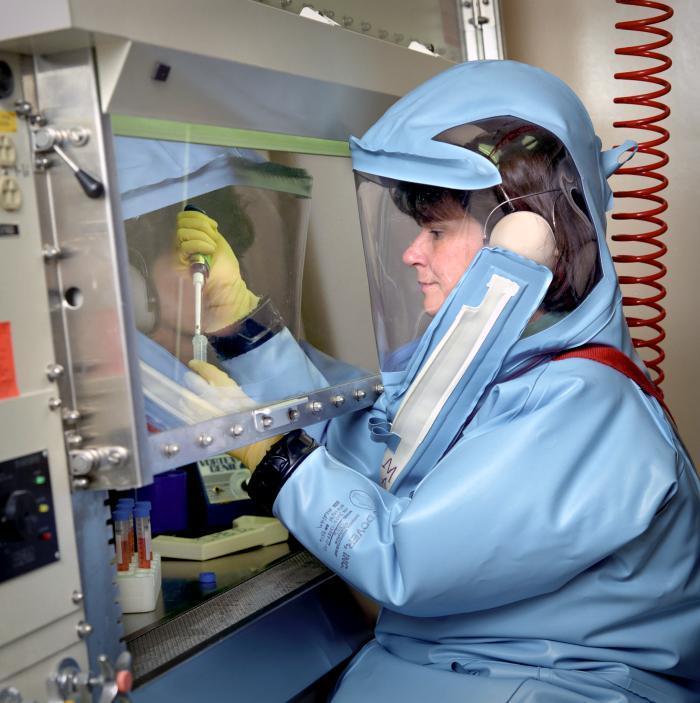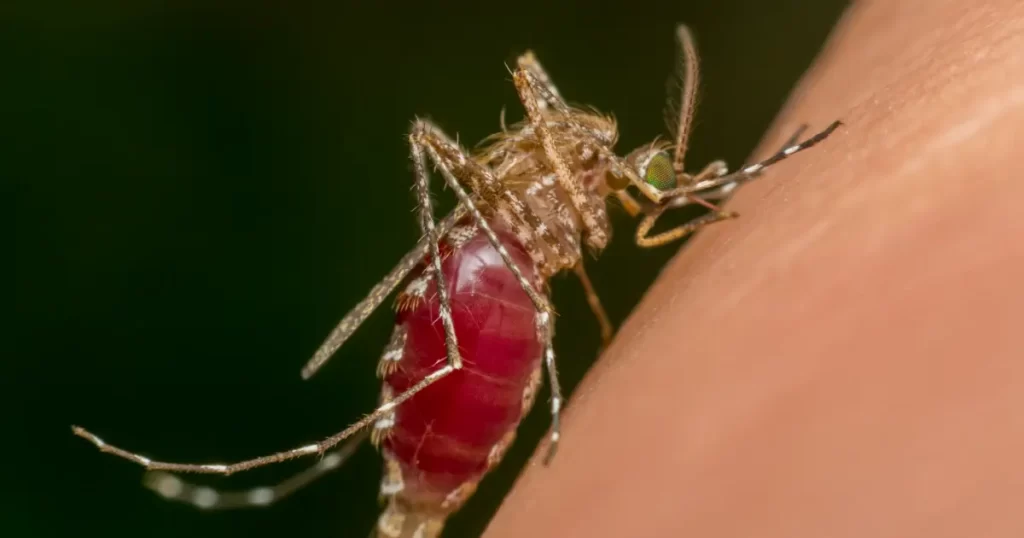- In its weekly flu update today, the US Centers for Disease Control and Prevention reported 5 more pediatric flu deaths that occurred during the 2024-25 season, which has been marked by the most pediatric deaths in a nonpandemic year since the condition became reportable in 2004. The latest deaths occurred from February 22 to July 5, bringing the national total to 266. Among patients with known vaccination status who were eligible to be immunized, 90% weren’t fully immunized against flu, up from 82% during the previous season.
- Three countries reported new polio cases this week, all involving vaccine-derive types, according to the latest update from the Global Polio Eradication Initiative. Angola reported a circulating vaccine-derived poliovirus type 2 (cVDPV2) case in Huambo with a May 3 symptom onset, the country’s fifth case of the year. Cameroon reported a circulating vaccine-derived poliovirus type 3 (cVDPV3) illness with a May 30 symptom onset un Adamaoua, and an investigation and lab analysis are under way to determine the origin. Yemen reported 22 more cVDPV2 patients, including 14 with symptom onsets in 2024 and 8 with symptom onsets in the first 3 months of 2025.
- The US Food and Drug Administration yesterday urged consumers and retailers to avoid eating or selling certain frozen, raw half-shell oysters imported from South Korea, following reports of a related norovirus outbreak in Utah. The affected lot has been recalled by Wang Globalnet, based in Vernon, California. The products were distributed to retailers and restaurants in five western states: Arizona, California, Colorado, Montana, and Utah.

A group that advocates for better treatment and prevention for tuberculosis (TB), HIV, and hepatitis C yesterday is calling for the National Institutes of Health (NIH) to restore funding for scores of TB research projects.
The Treatment Action Group (TAG) said in a statement yesterday that, of the 40 research projects whose funding was suspended by NIH leadership earlier this month because they meet the definition of “dangerous gain-of-function research,” at least 22 apply to TB. The group says the projects are basic science studies aimed at improving the fundamental understanding of Mycobacterium tuberculosis, including how it develops resistance to antibiotics, how it persists despite treatment, and how it evades the immune system.
NIH’s suspension of funding for the studies is in response to an executive order issued by the Trump administration in May that placed new restrictions on federal funding for gain-of-function research, which involves modifying a pathogen’s genetic sequence to create models of human infection to see how it enters cells and the behaves in the human body.
A ‘poison arrow’ aimed at infectious disease research
TAG argues that the definition of gain-of-function research being used by the Trump administration is too broad and is a consequence of “extensive bad faith conspiracy theorizing” around the origins of COVID-19.
“The administration’s new policy on gain-of-function research is a poison arrow directed at infectious disease more broadly,” said TAG executive director Mark Harrington. “Studying a pathogen like TB involves working on the pathogen. Not all work on pathogens involves making them stronger or changing them in ways that pose a credible danger.”
The group added that, in its view, the suspended studies pose less of a risk to the American public than the “clear and present danger of TB,” which killed 1.3 million people in 2023.
“The Trump administration has put the health of all Americans at risk by setting back efforts to develop the drugs, vaccines, and intervention strategies required to protect communities in the United States and around the world from TB,” said Mike Frick, MSc, TAG’s TB Project co-director.
Early US COVID-19 indicators continued an upward trend last week, though from very low levels, especially in many southeast, southern, and West Coast states, the US Centers for Disease Control and Prevention (CDC) said today in its latest weekly update.

Emergency department visits rose 4.8% compared to the week before, mainly in children up to 4 years old. Test positivity rose slightly and is now at 5.3% nationally, with levels highest in the Southwest, followed by the South.
Wastewater SARS-CoV-2 detections remained at the low level and are highest in the West, with other regional hot spots, including Louisiana with very high activity and Florida with high activity.
The CDC has not updated its variant proportion estimates since the middle of June owing to low numbers of sequences reported when the NB.1.8.1 subvariant was the most common. Variant proportions predicted from testing in international travelers during the same period suggested the XFG variant—one of many JN .1 offshoots— was most common. Both are considered variants under monitoring by the World Health Organization, which in late June said XFG seems to have a moderate growth advantage and a low risk of immune escape, though it added that confidence in its assessments were low because of recent expansion and low sequencing levels.
Hawaii officials note rising cases
Earlier this week, the Hawaii Department of Health said that, after a period of relative stability, COVID activity is rising again and is now at the medium level, suggesting the virus is circulating at higher-than-expected levels based on historic trends. Officials said the test-positivity rate was 12.4% as of July 17, up from 10.9% the week before. The 7-day average for new cases rose over the past month for all of the state’s islands as of July 11.
The health department urged residents to take precautions such as getting vaccinated, staying home when sick, covering coughs, masking, and getting tested if symptomatic.













